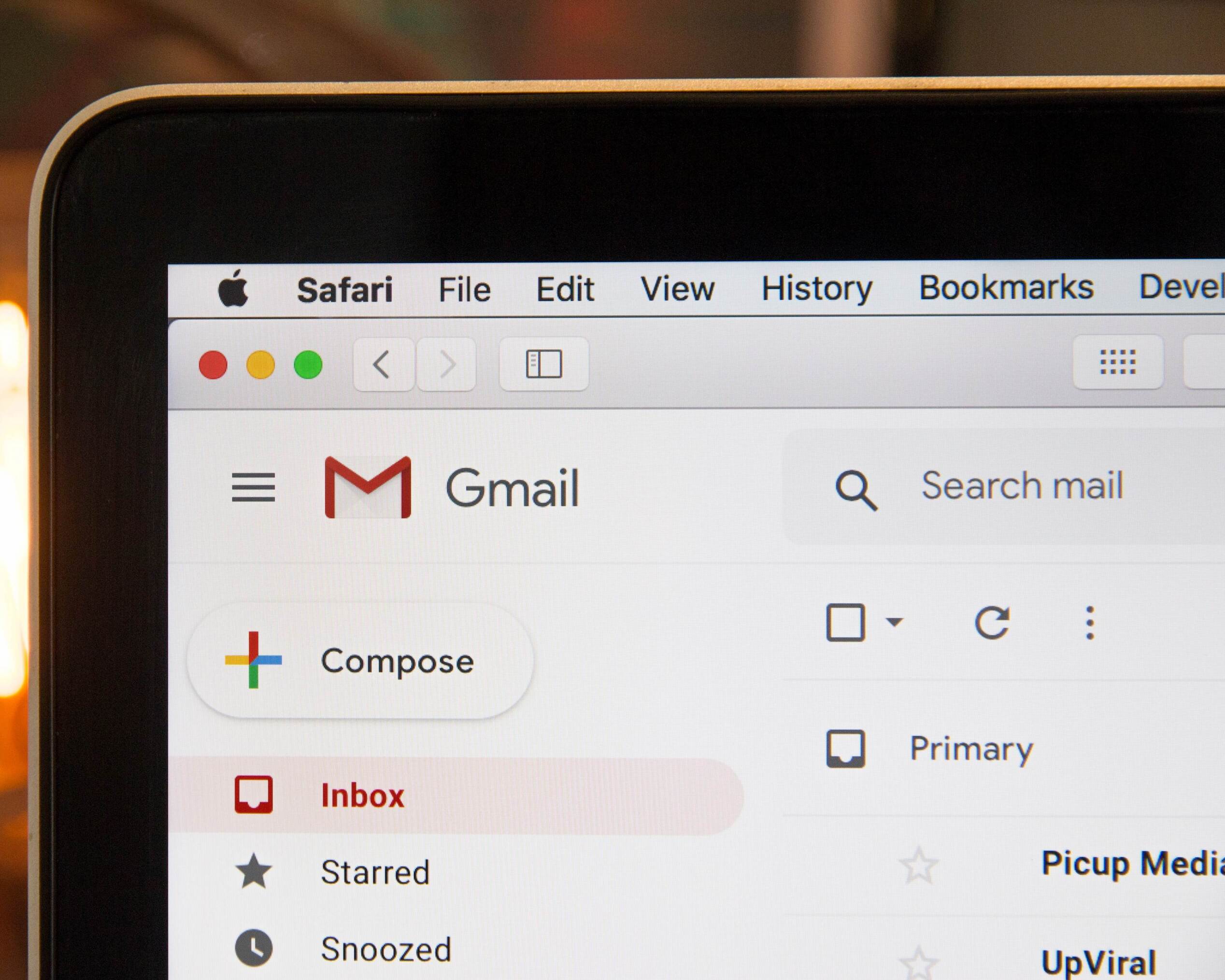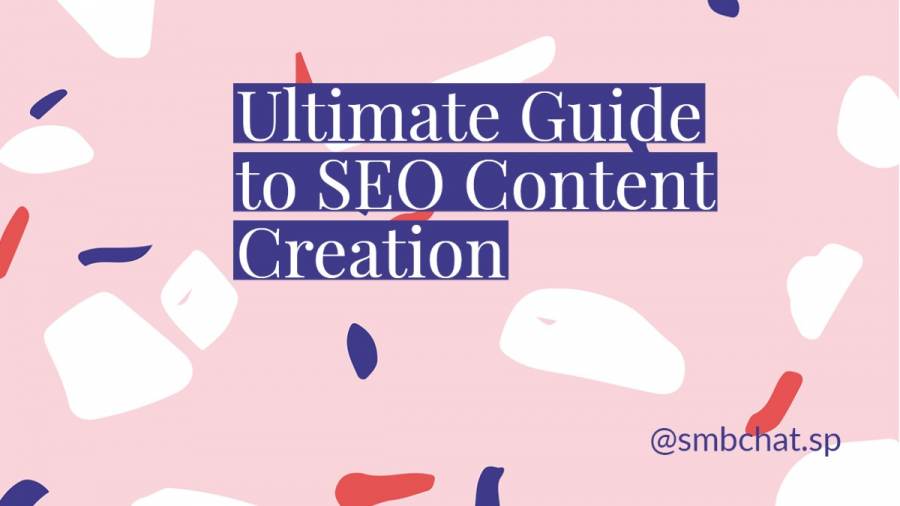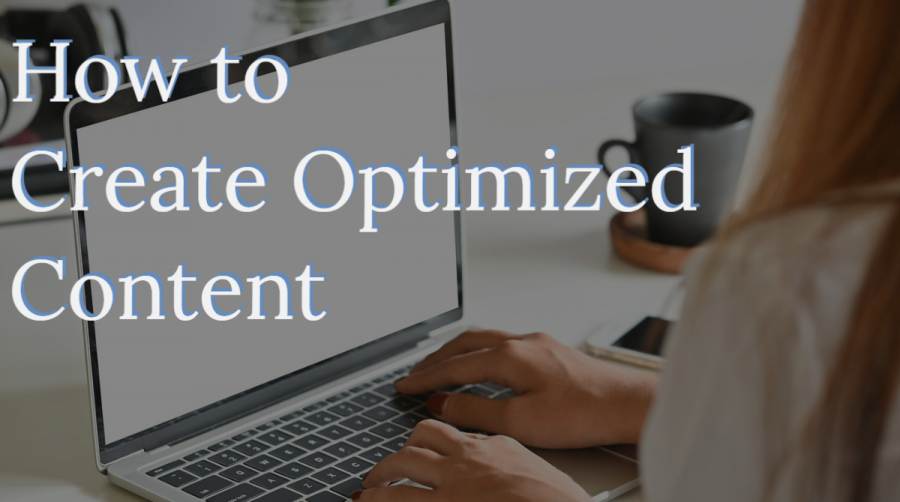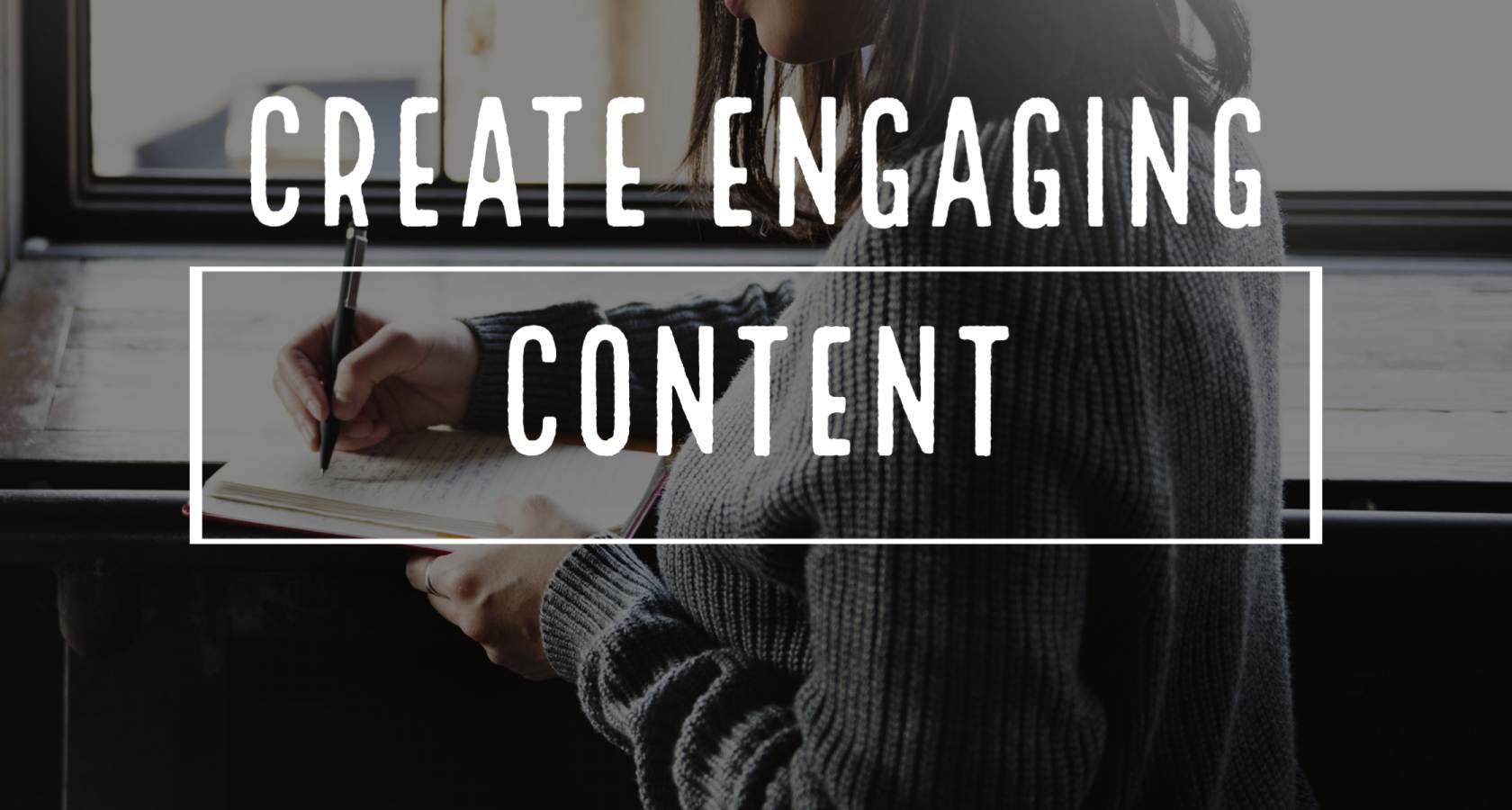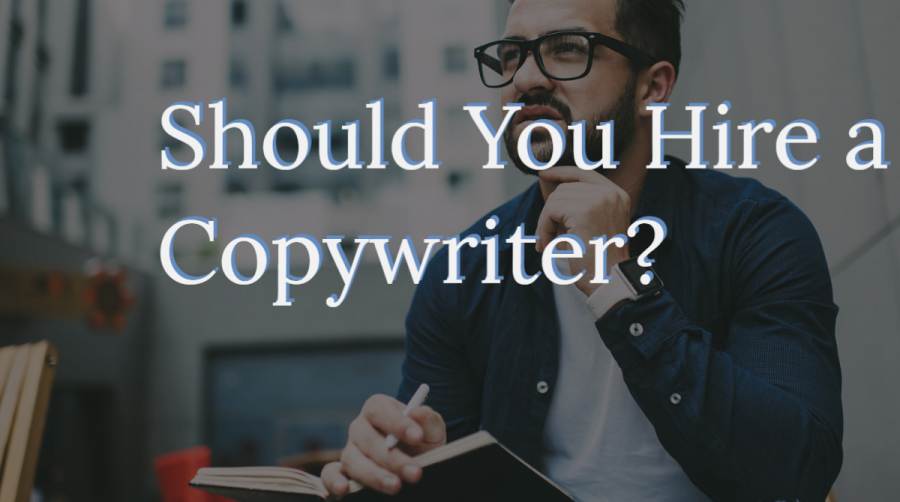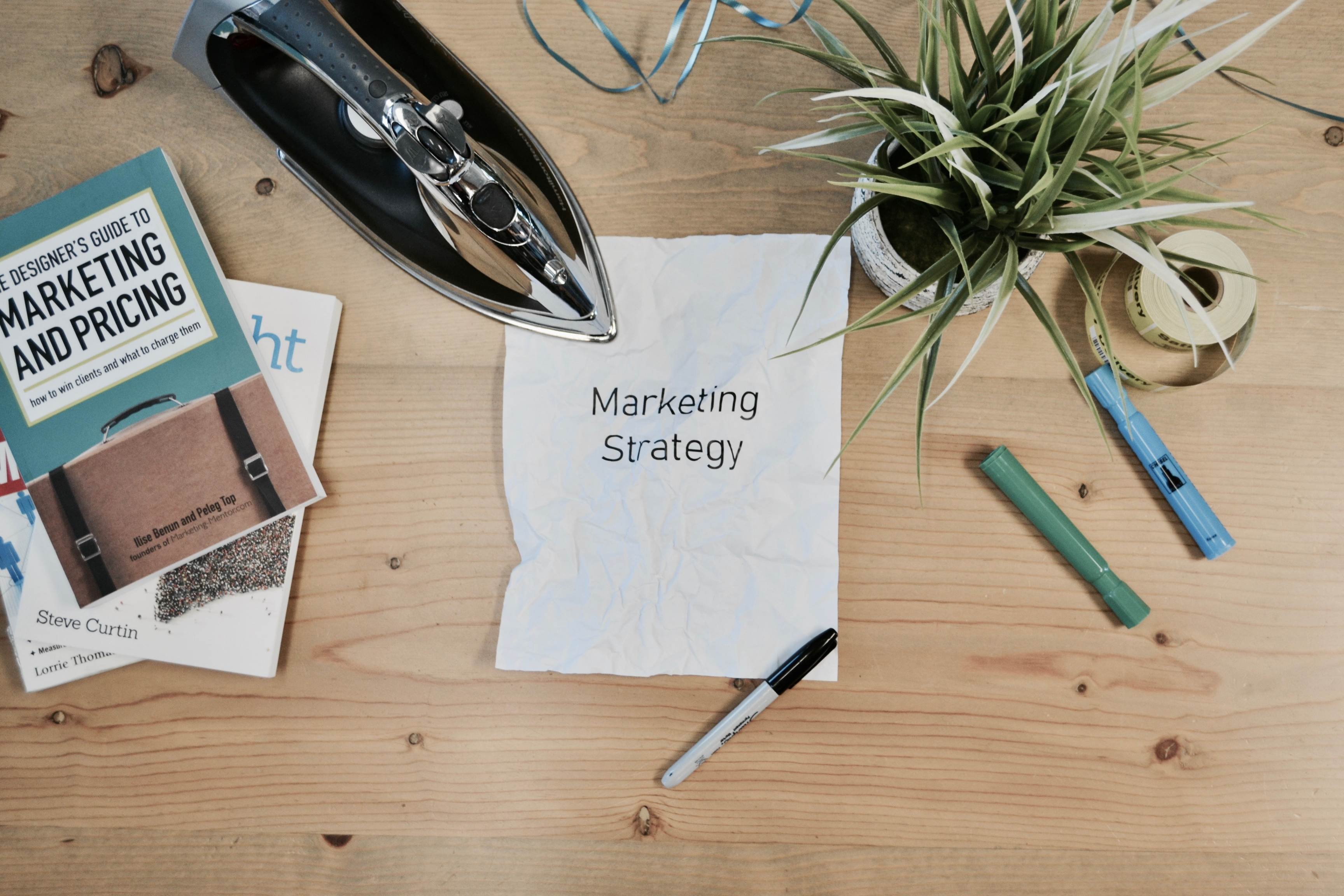The Different Types of Newsletters: Which One Should You Use?
Newsletters are a powerhouse in content marketing for major corporations and solopreneurs alike. To see high conversion rates, you have to work hard crafting and sending engaging newsletters that work for your audience and your brand.
If you’re aware that newsletters can be a principal money maker for your type of business, but are yet to master the art of crafting them, picture this:
It’s your 10th birthday. Party is great, attendees look good, gifts are amazing, yadda yadda yadda.
Among the attendees is Uncle Patrick, who never keeps quiet about his job as a big shot media producer (on YouTube). He hands you his gift, going on and on about how he spent tens of hours working on it.
You unwrap it, feeling his hot breath down your neck as he waits in anticipation.
It is a DVD that he wrote, directed, produced, and starred in about how to be a good farmer.
You see that girl right there? That is exactly the look that your readers have when they see a newsletter that talks about things they have zero interest in.
You see, your target audience has a general idea of what to expect in every issue. And when they click on that email, they expect to have their expectations met. If you go ahead and disappoint them, they won't care what you have to say. So, the chances that they will read the entire newsletter or click on the next one will dramatically go down.
Let’s put it this way - The more interested your email subscribers are in what you send to them, the more engaged they are with your business, and the more likely they are to convert.
First things first;
What is a Newsletter?
A newsletter is not just a random message you send to your customers. It is a carefully crafted write-up that adheres to some sort of predetermined format. The main objective when writing a newsletter is to provide relevant and quality content for your target audience. For that reason, most of your newsletter (at least 80 percent) should contain information about your niche or type of business.
Here's a no-fluff guide on how to craft and format a high-converting newsletter.
If used correctly, a newsletter can be a very powerful tool for your email campaigns. It needs to be targeted. And for it to hit the target, you need to understand the various types of newsletters and who they are for.
The following are the three main types of newsletters:
1. Company Newsletters
Company newsletters are used internally. They are mostly used to keep your employees updated by notifying them of any changes, new products, and hired and retiring employees among others. They can also be designed to boost employee morale and strengthen a united spirit.
These newsletters usually contain information that the public will rarely find useful. For example, your consumers don’t care that a certain employee was responsible for the company meeting its sales goals, or there has been a change in management.
This is the type of information that these newsletters cover. Other things it covers include:
- Human interest stories to motivate employees to work
- Updates about your products and services
- Changes in policies
- Company goals and achievements
- Appreciation for putting in the effort
Readers of company newsletters include employees, retirees, and insiders among others.
2. Consumer Newsletters
Consumer newsletters are for external use. As the name suggests, they are sent to consumers and subscribers. Most businesses make use of consumer newsletters as they are quite effective in closing more sales and increasing revenue.
According to a McKinsey report, you are 40 times more likely to get a new customer via email marketing campaign than social media. Their effectiveness comes from how they nurture relationships with the readers. If used correctly, they can push the readers down the sales funnel to the point where they actually make the purchase.
Consumer newsletters give you more flexibility in terms of format and method. This flexibility allows you to come up with creative ways to keep your readers interested and convince them to engage with you.
Some of the things a consumer newsletter can cover include:
- New product launches
- Industry news
- Tips for using the products or services they have purchased
The readers of consumer newsletters are past and current customers and people with an interest in your products or services.
It is through consumer newsletters that businesses can be able to:
- Make a personal connection with consumers
- Update potential customers on new products, services, or methods
- Stay on top of the minds of consumers
- Increase brand loyalty
- Increase leads
- Establish themselves as experts, strengthen brand, and improve their authority and credibility.
Now here is an interesting fact: 72% of people actually prefer to receive promotional content through sales emails.
But for your email newsletters to be effective, they should contain information that will interest your customers and prospects. For example, if you run a sporting goods store, some of the things you can cover include international sporting events, celebrity athletes, and sports-related product releases.
3. Organization Newsletter
While the company newsletter is for internal use and the consumer newsletter is for external use, the organization newsletter is for both internal and external use. These newsletter types are commonly used by ministries and non-profits.
Businesses that use organization newsletters organize them in such a way that both audiences will find value in them, but they won't reveal any insider information. But then again, that would require you to create another curated content to communicate the privy information.
If you think about it, it’s a bit tricky to come up with a newsletter that speaks to both your consumers and those in your inner operating circle.
Some of the things you can cover in an organization newsletter include:
- Updates
- Features
- Tips
- Announcements
- Industry news
Readers of the newsletter include current and past customers and partners, donors, insiders, beneficiaries, and any other person who has an interest in your organization.
A simple example of an organization newsletter is a school newsletter that is targeted to parents, staff, and students and discusses upcoming projects.
Which Type of Newsletters Should You Use?
Have you ever hung out with two close friends who don’t know each other? And you know the interests of the first friend are completely different from those of the second? What do you talk about?
You: “Oh, and it’s been so long since it rained. Is it raining at your place?”
Them:
As we have been barking all through this valuable content, the type of email newsletter you should send depends on two things: the objective you are trying to achieve, and your target audience.
Do you intend on increasing brand awareness for your customers? Then create a consumer newsletter. Do you intend on motivating your employees? A company newsletter will do. Are you trying to pass information on the general progress of the business and its future objectives? You need an organization newsletter.
The target has received your promotional email newsletters, they have read them entiry… and then what?
You need to make it clear what you want your readers to do via a CTA. In fact, it is a common writing strategy to start with the calls to action and build the rest of the blog newsletter around them. A newsletter without action buttons is a dead end.
To get them to take action, you need to make it very obvious that you are asking them to click there. You can make it obvious by presenting the CTA as a button, putting the button in a contrasting color, and using whitespace around it to draw the eye of the reader.
Harness the Power of Newsletters
Harnessing the power of email newsletters is all about knowing what you intend on saying, and who you intend on saying it to. Being aware of the types of newsletters you can create and the audiences to send them to equips you with the necessary skills to come up with a newsletter that will hit its intended goals.
But, that is just the beginning. There is a whole mountain of work behind effective newsletters, so your research shouldn't end here. Unless you plan to do the whole research, then gauge your writing skills based on how your audience reacts to the sales newsletters, you don’t have to do it yourself.
What to do?
Hire a Professional Newsletter Writer for Your Business
Behind every successful content marketing campaign are words. You need relevant content. Period.
The important question here is: Who will craft your blog-style email newsletter?
Well, hiring a professional content creator can boost your email marketing efforts considerably. The appropriate subject line, a punchy CTA, or a turn of phrase can increase readership, boost engagement, and increase sales.
Whether you want a single newsletter or daily newsletters done, a professional newsletter writer can help.
When you find a professional newsletter writer that’s a good fit, the perks counterbalance any downsides. Find the perfect newsletter writer for your business here on Zoey Writers today.
Whether you want a single newsletter, lengthy content, or any other pieces of content written for your website, we have highly experienced writers ready to do your project.
Are you ready to delegate the newsletter writing task to a professional newsletter writer? We would love to chat with you about it!
Check out our content writing services today so we can discuss more about our newsletter writing services.
Photo by Stephen Phillips - Hostreviews.co.uk on Unsplash: Thabks Stephen : )







